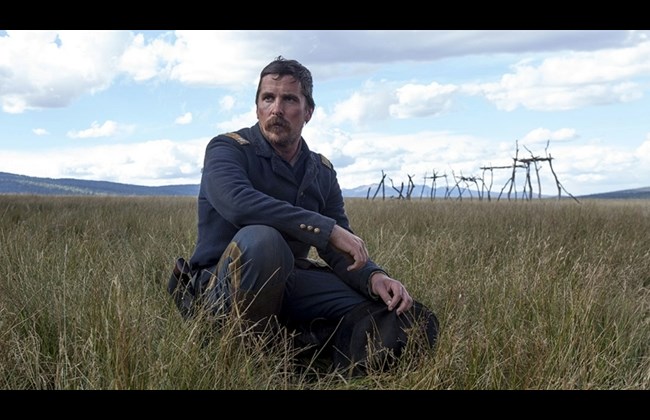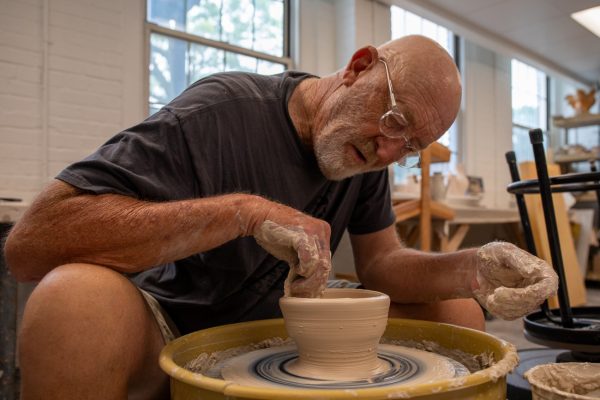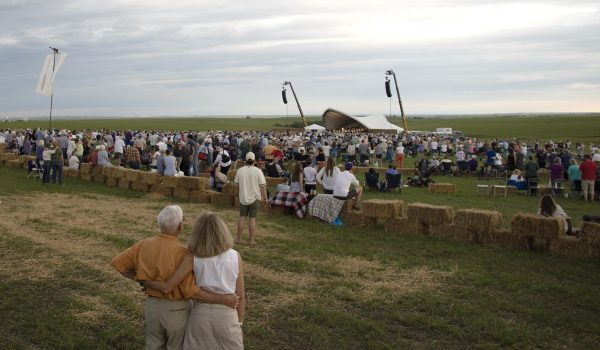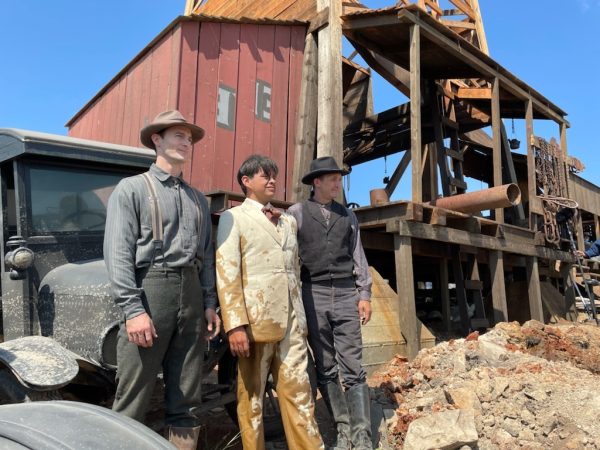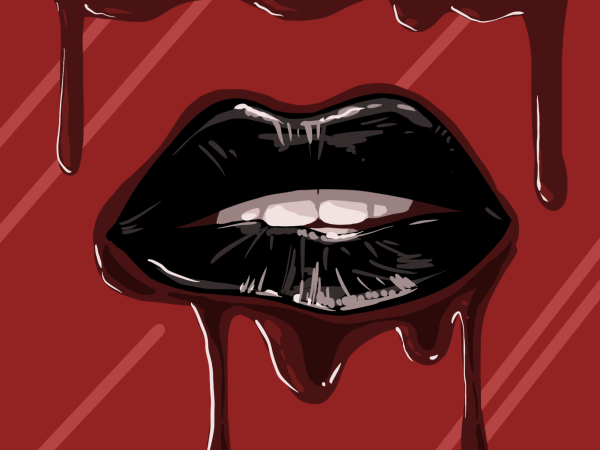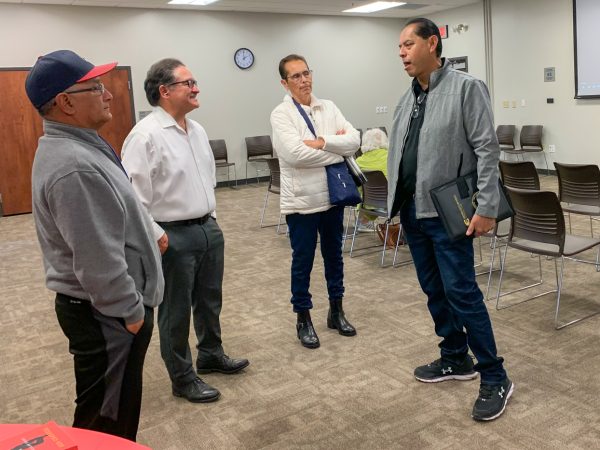Garner: ‘Hostiles’ provides new material for Western genre
It’s easy to forget, now over 100 years removed from the period, the extreme violence and savagery that ruled the American West before its domestication in the early twentieth century. A stark juxtaposition of primal beauty and limitless brutality, the American West in literature and film is defined almost solely by this harsh relationship.
The Western genre in particular is an exploration of this idea: a meeting of man and nature and the conflict that arises thereof. “Hostiles,” the latest film from director Scott Cooper (“Crazy Heart,” “Black Mass”) is a worthy, if flawed contribution to this hallowed classification-a film that gorgeously captures that tumultuous pairing of man and creation and the terrible beauty that’s formed from their elemental collision.
Hostiles follows the last mission of a world-weary Capt. Joesph J. Blocker (Christian Bale) who is tasked with returning a dying war chief back to his home territory to be buried in peace. Christian Bale cuts a striking figure on screen — his voice and skin both like aged sandpaper. In fact, all of the men (Ben Foster, Jesse Plemons, Stephen Lang) in this film are cut from the same cloth: weary and worn and broken.
In his travels back to the chief’s homeland, Blocker stumbles upon a widowed wife played by Rosamund Pike, whose family was slaughtered by the Comanche in blood-sport. The film then follows a fairly predictable path from this point, alternating between beautifully composed shots of men on horseback and scenes of terrible violence. These all lay the foundations for brief interludes of the soldiers contemplating the nature of what they’ve done, grave intonations investigating the perils of violence and men. It’s all not terribly new, and the film’s weaker points tend to flare when navigating the minutiae of getting from one point to another.
Where the film excels is instead in the lingering shots of solemn figures standing against steeple-fingered cliffs, or the overhead stills of Bale and Pike trying to resolve their moral dissonance in a tent. These little snapshots string the film along pulling it from point to point as if summoned by gravity.
Scott Cooper, whose films I’ve traditionally not enjoyed, has really shown his improvement as a director by letting these images speak for themselves. It’s not that the actors delivering the hard tack of dialogue do it poorly, it’s just that the old adage of “show, don’t tell” exists for a reason. Good directors know when to leave a scene, and “Hostiles” is full of these moments where the burden of the American West seemingly solidifies itself on camera.
However, some of the characters resolve themselves awkwardly, as if Cooper wasn’t sure how to write them naturally out of the picture and instead just killed them off. Bale’s transformation in the film is believable, but only based on the strength of his acting and not necessarily the writing. In addition, Rosamund Pike’s character seems a bit out of place and the film finds reasons to keep shoehorning her back into the plot.
One of the most interesting aspects of “Hostiles” is its treatment of mental health, or “melancholia” as one character puts it. PTSD out on the frontier is something that is rarely tackled in Westerns. The idea of a stoic and strong cowboy, untouched by the things he has to do to survive, is one of the defining tropes of the Western genre. Yet, “Hostiles” has several characters whose mental health is their dominant character feature, and I wish the film had spent more time exploring that aspect than the trite meditations on the evils of violence and what men are willing to do one another.
One character in particular, Bale’s right-hand man, is so afflicted with PTSD he ends up killing himself after catching an escaped prisoner. The camera finds him slumped against a tree with the prisoner face down beside him, the back of the prisoner’s jacket blown out by bullet holes. What’s happened to the right-hand man is unclear until the camera moves closer and the bloody hollow in the man’s temple becomes distinct. It’s a striking image, given that every character up until this point has died at the hands of someone else. It’s also easily the most interesting question the film raises: the idea that what if the most terrible violence we can commit in the West is not upon each other, but upon ourselves? And while the film doesn’t fully follow through on answering it, what it does provide instead is an above average addition to the Western genre.



